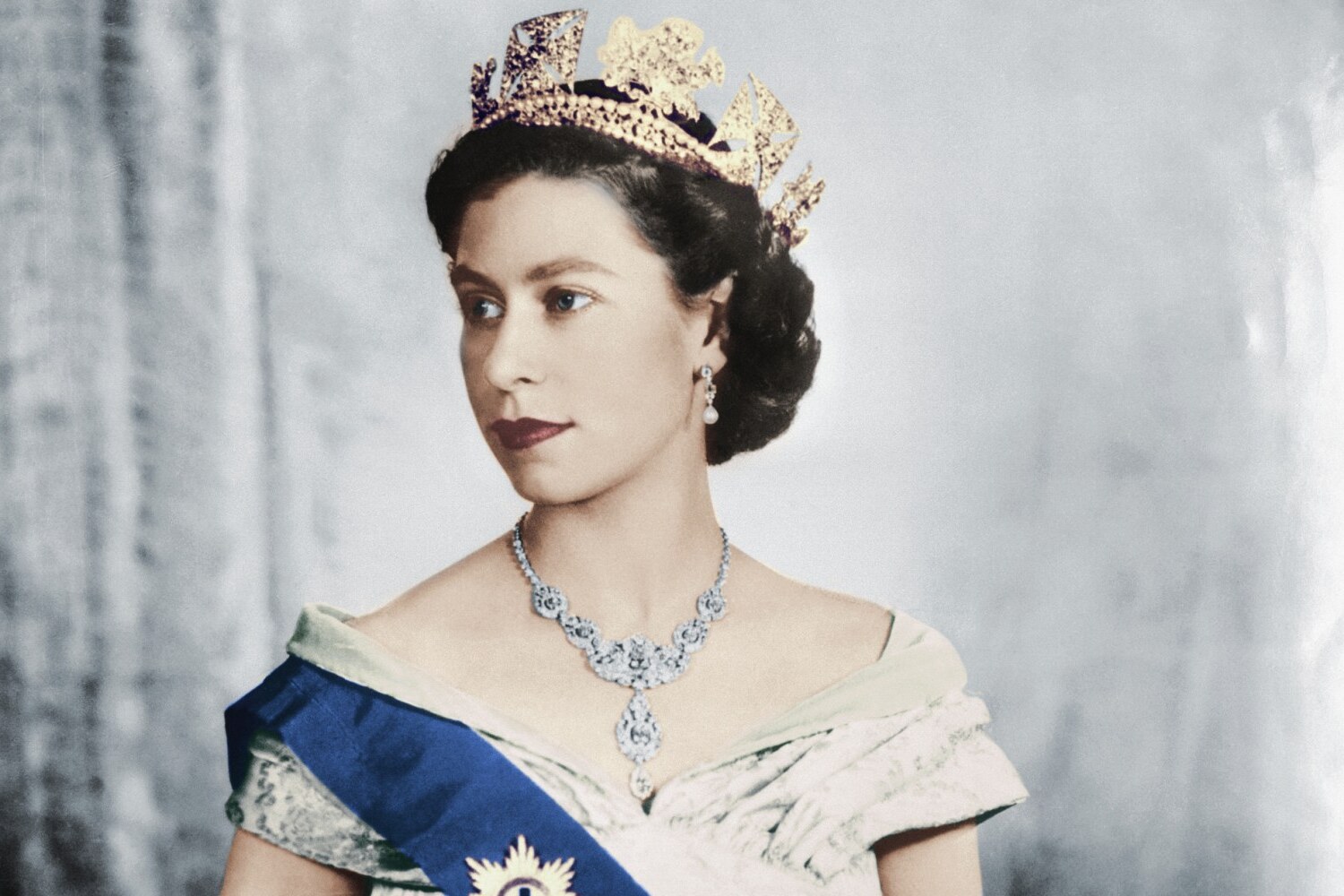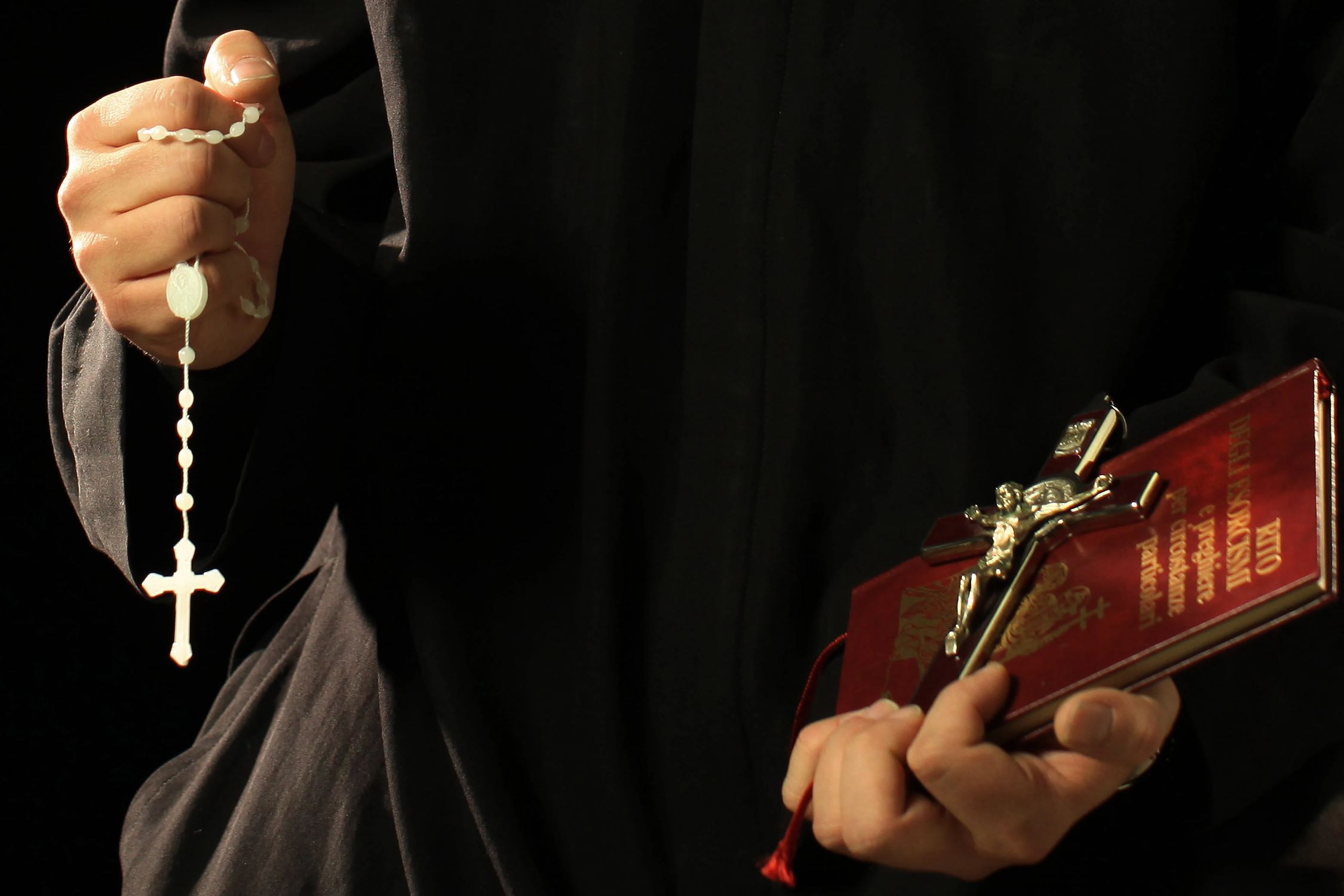
Queen Elizabeth II has lived an extraordinary life, filled with remarkable milestones and contributions. Born on April 21, 1926, she became the longest-reigning British monarch, surpassing even Queen Victoria. Her reign began in 1952, following the death of her father, King George VI. Over the decades, she has witnessed and participated in significant historical events, from World War II to the digital age. Known for her dedication to duty, she has met with countless world leaders, supported numerous charities, and maintained a strong presence in public life. Her love for corgis, her unique fashion sense, and her weekly meetings with prime ministers are just a few aspects that make her reign memorable. Let's delve into 45 intriguing facts about this iconic monarch.
Key Takeaways:
- Queen Elizabeth II's early life, marriage, and reign are filled with unique experiences, from her education during World War II to her historic coronation and dedication to charitable causes.
- Known for her love of animals, colorful fashion sense, and unique traditions, Queen Elizabeth II's reign has left a lasting impact on the world, showcasing her dedication to her royal duties and personal touches.
Early Life and Family
Queen Elizabeth II's early years were filled with significant events that shaped her future role as monarch.
-
Birth and Early Life: Born at 2:40 a.m. on April 21, 1926, at 17 Burton Street in Mayfair, London, Elizabeth Alexandra Mary was christened at Buckingham Palace on May 29, 1926.
-
Family Background: Named after her mother, Elizabeth Bowes-Lyon, her father, Prince Albert, Duke of York, later became King George VI after King Edward VIII's abdication.
-
Sister Margaret: In 1930, her sister Margaret Rose was born. The sisters shared a close bond, participating in many activities together.
-
Accession to the Throne: At age 10, Elizabeth became the heir apparent when her father ascended the throne in 1936 after King Edward VIII abdicated.
Education and World War II
Elizabeth's formative years were marked by unique educational experiences and the impact of World War II.
-
World War II: During the war, Elizabeth and Margaret moved to Windsor Castle for safety. They were educated at home, preparing for their future roles.
-
Education: Elizabeth's education focused on constitutional history and law, with religious instruction from the Archbishop of Canterbury.
Meeting Prince Philip and Marriage
Elizabeth's relationship with Prince Philip played a crucial role in her life and reign.
-
Meeting Prince Philip: Elizabeth met Prince Philip at a wedding in 1934. Their romance blossomed in the early 1940s, leading to their marriage on November 20, 1947, at Westminster Abbey.
-
Marriage and Early Life: After marrying, Elizabeth and Philip lived in Malta between 1949 and 1951, where Philip served in the Mediterranean Fleet.
Ascension and Coronation
Elizabeth's journey to becoming queen was both sudden and historic.
-
Accession to the Throne: Elizabeth became queen at 25 when King George VI died in February 1952.
-
Coronation: Her coronation on June 2, 1953, was the first to be televised in England, watched by 20 million people.
Family and Children
Elizabeth's family life has been an essential aspect of her reign.
- Children: Elizabeth had four children: Prince Charles, Princess Anne, Prince Andrew, and Prince Edward. Each has played significant roles in the monarchy.
Diplomatic Relations and Correspondence
Elizabeth's reign has been marked by extensive diplomatic efforts and personal correspondence.
-
Official Visits: She made five official visits to the United States, strengthening diplomatic ties.
-
Correspondence: Elizabeth answered over 3.5 million items of correspondence, showing her dedication to her subjects.
Love for Animals
Elizabeth's affection for animals, especially corgis, is well-known.
- Corgis: She owned over 30 corgis throughout her life, starting with her first dog, Susan. She even bred a new dog breed called the "dorgi."
Personal Life and Hobbies
Elizabeth's personal interests and hobbies have added a unique dimension to her public persona.
-
Strength and Stay: Elizabeth often referred to Prince Philip as her "strength and stay." They celebrated their diamond wedding anniversary in 1997.
-
Diamond Jubilee: For her Diamond Jubilee in 2012, Elizabeth received over 120,000 cards, letters, and gifts.
-
Hobbies: She enjoyed horse riding, pigeon racing, and Scottish country dancing, even hosting annual dances for the community.
Charitable Work and Public Engagements
Elizabeth's commitment to charitable causes and public engagements has been a hallmark of her reign.
-
Animal Welfare: She supported almost 40 animal-related organizations, promoting animal welfare.
-
Official Birthdays: Elizabeth celebrated her birthday twice: once in April and once in June, with the Trooping the Colour parade.
-
Prime Minister Meetings: She met with Britain's prime minister once a week for an hour.
Language Skills and Fashion
Elizabeth's language skills and fashion sense have been notable aspects of her public image.
-
Language Skills: Elizabeth spoke fluent French, useful during official visits to French-speaking countries.
-
Fashion: Norman Hartnell designed her wedding and coronation gowns. She was known for her elegant, brightly colored ensembles.
Historic Visits and Technological Advancements
Elizabeth's reign saw many historic visits and technological firsts.
-
Royal Lineage: Elizabeth was the 40th monarch since William the Conqueror in 1066.
-
Presidential and Papal Relations: There were 12 U.S. presidents and seven Roman Catholic popes during her time as monarch.
-
Youth Organizations: Elizabeth was a Girl Guide and participated in the Sea Rangers.
-
Godchildren: She had 30 godchildren, reflecting her role as a mentor.
-
Historic Visits: Elizabeth was the first British monarch to visit China in 1986.
-
Technological Advancements: She sent her first email in 1976 and published her first Instagram post in 2019.
Royal Duties and Public Appearances
Elizabeth's dedication to her royal duties and public appearances has been unwavering.
-
Royal Yacht Britannia: Launched by Elizabeth in 1953, the yacht traveled over a million miles on royal duties.
-
Official Overseas Visits: Since 1952, she undertook 251 official overseas visits to 128 countries.
-
Charitable Work: Elizabeth was patron of 620 charities and organizations.
-
State Banquets: She hosted 88 State banquets during her reign.
-
Ship Launches: Elizabeth launched 17 ships, symbolizing the monarchy's maritime history.
-
Royal Variety Performances: She attended 31 Royal Variety performances.
-
Telegrams and Correspondence: Elizabeth sent almost 100,000 telegrams to centenarians and over 280,000 to couples celebrating diamond wedding anniversaries.
Unique Traditions and Personal Touches
Elizabeth's unique traditions and personal touches have endeared her to many.
-
Handbag Signals: She used her handbag to send signals to her staff, like switching hands to indicate she was ready to end a conversation.
-
Brightly Colored Ensembles: Elizabeth wore brightly colored outfits to remain visible in crowds.
-
Portraits: She sat for 129 portraits during her reign.
-
Radio Broadcasts: Elizabeth made her first radio broadcast in October 1940 during World War II.
-
Football Enthusiast: Elizabeth was an Arsenal fan, showing her human side.
-
French Language Skills: She spoke fluent French, aiding diplomatic relations.
-
Nail Polish Tradition: Elizabeth wore Essie’s classic pale pink shade, Ballet Slippers, since 1989.
-
Humor and Imagination: Known for her sense of humor, she could imitate the sound of a Concorde jet landing.
-
Interviews and Media: Elizabeth gave only one sit-down interview, with the BBC in 2018, earning the nickname ‘Elizabeth the Silent.’
-
Legacy and Impact: Her legacy extends beyond personal achievements, playing a crucial role in maintaining national unity and supporting various causes.
Celebrating a Remarkable Reign
Queen Elizabeth II's life and reign have been nothing short of extraordinary. From her early days as a princess to becoming the longest-reigning British monarch, her journey has been filled with significant milestones and personal achievements. Her dedication to duty, unwavering commitment to her people, and ability to adapt to changing times have made her a beloved figure worldwide. Whether it's her love for corgis, her fluency in French, or her unique way of signaling with her handbag, these facts paint a vivid picture of a queen who has left an indelible mark on history. As we reflect on her legacy, it's clear that Queen Elizabeth II's impact will be felt for generations to come. Her reign has not only shaped the British monarchy but also inspired countless individuals around the globe.
Frequently Asked Questions
Was this page helpful?
Our commitment to delivering trustworthy and engaging content is at the heart of what we do. Each fact on our site is contributed by real users like you, bringing a wealth of diverse insights and information. To ensure the highest standards of accuracy and reliability, our dedicated editors meticulously review each submission. This process guarantees that the facts we share are not only fascinating but also credible. Trust in our commitment to quality and authenticity as you explore and learn with us.


